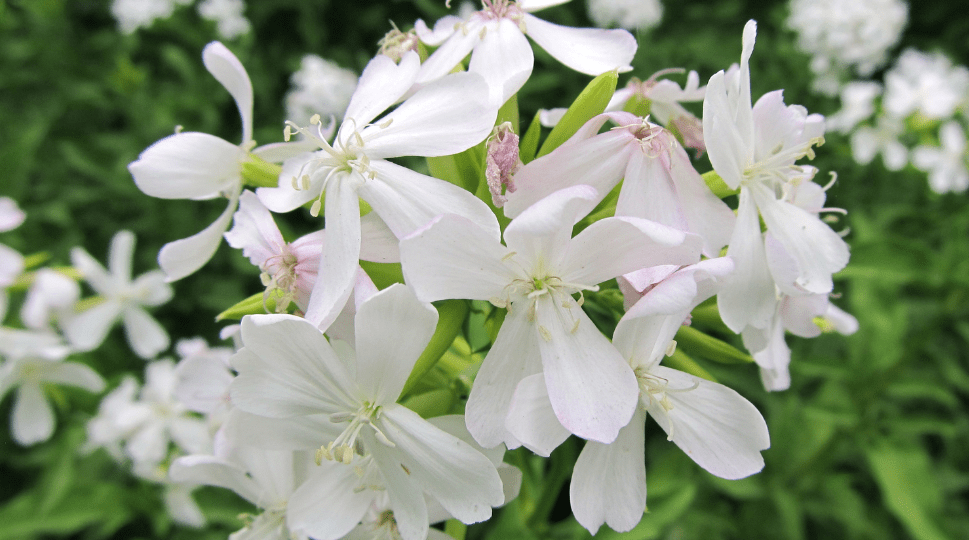
Soapwort Plant: Uses and Benefits in Home Gardening
Soapwort, also known as Saponaria officinalis, is a versatile and beneficial plant to include in your home garden. Not only does it have natural cleaning properties, but it also attracts beneficial insects and adds a lovely aesthetic to your garden. In this post, we will explore the various uses and benefits of the soapwort plant in home gardening, as well as provide tips on how to grow and care for it. Whether you’re a seasoned gardener or just starting out, you’ll find valuable information on how to make the most of this versatile plant in your garden.
Table of Contents
ToggleBotanical Background
A. Description of soapwort (Saponaria officinalis)
Soapwort, or Saponaria officinalis, is a perennial plant that is native to Europe and has been used for centuries for its cleansing properties. It has a bushy growth habit with clusters of small, delicate pink or white flowers that bloom in the summer. The leaves are narrow and lance-shaped, adding a soft and airy texture to the garden. It can reach a height of around 2 to 3 feet, making it a great addition to borders, herb gardens, and rock gardens.
Cultivation and Growing Tips
A. Ideal soil conditions and sunlight requirements
Soapwort prefers well-drained soil and full sun to partial shade. It can tolerate a wide range of soil types but does best in fertile, loamy soil. Make sure to plant soapwort in an area with good air circulation to prevent powdery mildew. When planting, space them about 12 inches apart to allow for proper airflow. Water regularly, especially during dry periods, but be sure not to overwater as soapwort doesn’t like to sit in soggy soil. As for sunlight, soapwort thrives in full sun but can also tolerate some shade. Planting in a location that gets at least 4-6 hours of direct sunlight per day is ideal for healthy growth and abundant flowering. Whether you’re using soapwort for its natural cleaning properties or to attract beneficial insects to your garden, following these tips will help you make the most of this versatile plant in your garden.
B. Planting methods and propagation techniques
Planting soapwort in an area with good air circulation is important to prevent powdery mildew. When planting, it’s best to space them about 12 inches apart to allow for proper airflow. It’s important to water regularly, especially during dry periods, but be careful not to overwater as soapwort doesn’t like to sit in soggy soil. Soapwort thrives in full sun but can also tolerate some shade, so planting in a location that gets at least 4-6 hours of direct sunlight per day is ideal for healthy growth and abundant flowering. Following these tips will help you make the most of this versatile plant in your garden.
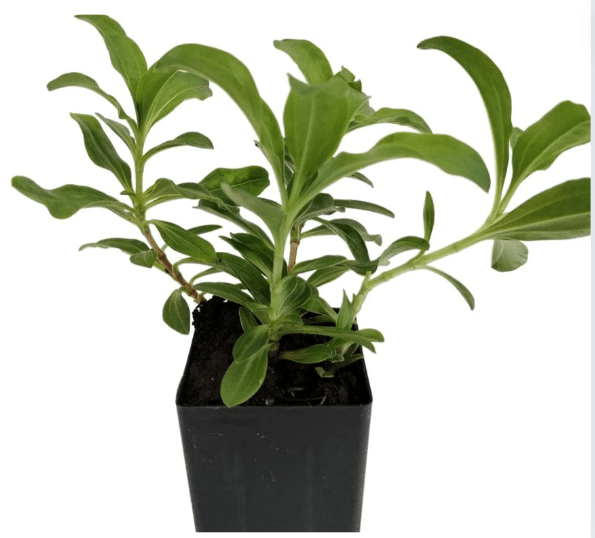
C. Seasonal care and maintenance tips
In terms of seasonal care and maintenance, it’s important to prune soapwort after flowering to encourage new growth and prevent it from becoming too leggy. This can be done by cutting back the stems by about a third. In the winter, it’s a good idea to mulch around the base of the plant to protect it from freezing temperatures. Additionally, dividing established clumps of soapwort every 2-3 years in the spring can help rejuvenate the plant and promote healthy growth. By following these tips, you can ensure that your soapwort continues to thrive and provide you with its natural cleaning properties or attract beneficial insects to your garden.
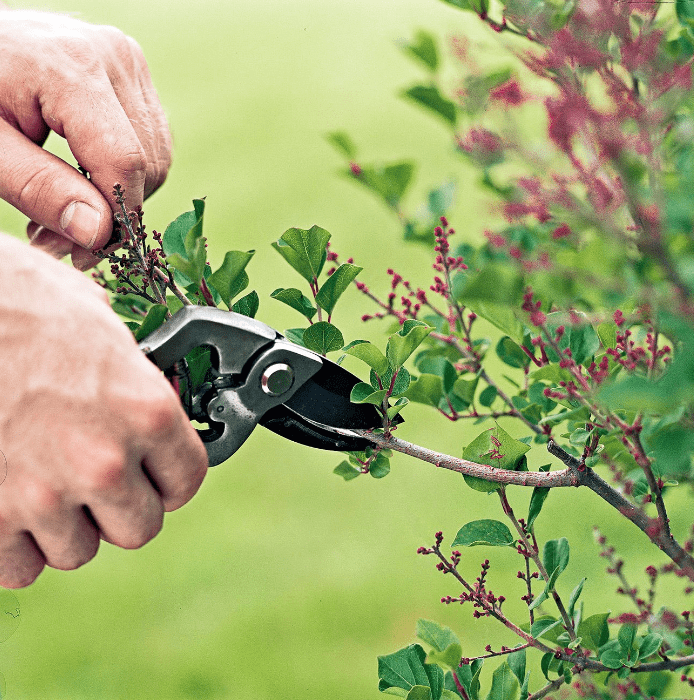
Uses of Soapwort in Home Gardening
A. Traditional Uses:
1. Historical uses in herbal medicine:
Soapwort has been traditionally used in herbal medicine for its cleansing properties and has been used to treat skin conditions such as eczema, psoriasis, and acne. The saponins found in soapwort create a natural lather when mixed with water, making it a popular choice for homemade soaps and shampoos.
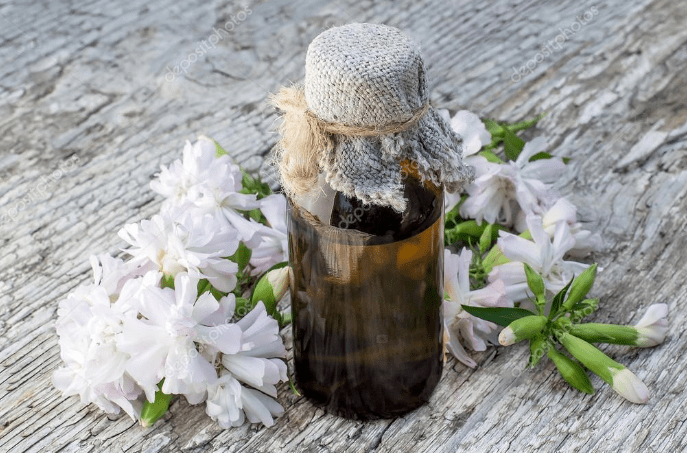
2. Natural Insecticide:
In addition to its medicinal uses, soapwort can also be used as a natural insecticide in the garden. Its saponins are toxic to certain insects, making it an effective natural alternative to chemical insecticides.
3. Attracting Beneficial Insects:
Soapwort’s delicate pink or white flowers also attract beneficial insects such as butterflies and bees, making it a valuable addition to a pollinator garden.
4. Ornamental Uses:
In addition to its practical uses, soapwort is also valued for its ornamental qualities, often used as a groundcover or as an attractive addition to rock gardens and borders.
Overall, soapwort is a versatile and useful plant that can be a valuable addition to any home garden. By understanding its traditional uses and benefits, you can make the most of this versatile and low-maintenance plant in your gardening endeavors.
B. Practical Uses:
1. Companion planting benefits
Soapwort is a great companion plant in the garden, as its saponins are toxic to certain insects, making it an effective natural alternative to chemical insecticides. It can help protect nearby plants from pests and also attracts beneficial insects such as butterflies and bees.
2. Natural pest repellent properties
Soapwort’s saponins also have natural pest repellent properties, making it a great option for keeping pests away from your garden. By planting soapwort near other plants, you can help protect them from pests and reduce the need for chemical pesticides.
3. Soil enrichment and erosion control
Soapwort has deep and fibrous roots that help to improve soil structure and prevent erosion. Its ability to thrive in poor and dry soils makes it a great choice for areas that need soil stabilization. Additionally, soapwort can be used in erosion control efforts, as its roots help to hold soil in place and prevent it from washing away during heavy rain or wind. Overall, soapwort is a versatile and beneficial plant that can serve multiple practical purposes in the garden.
Benefits of Soapwort in Home Gardens
A. Environmental Benefits:
1. Sustainability in landscaping
Soapwort is a sustainable option for landscaping as it requires minimal maintenance and can thrive in poor and dry soils. Its ability to prevent erosion also makes it a great choice for areas that need soil stabilization. By planting soapwort in your garden, you can contribute to environmental sustainability and conservation efforts.
2. Role in biodiversity and pollinator support
Soapwort also plays a role in supporting biodiversity and pollinators in home gardens. The plant produces small, attractive flowers that are loved by bees and butterflies, providing them with a valuable source of nectar. By including soapwort in your garden, you can help support the local ecosystem and promote pollinator health.
3. Low maintenance and versatility
Soapwort is a low-maintenance plant that requires minimal care and can be used in a variety of ways in the garden. Whether it’s used as a ground cover, border plant, or as part of a naturalized area, soapwort offers versatility and practicality for home gardeners.
B. Health Benefits:
Soapwort also has a variety of health benefits. It has been used in traditional medicine for centuries due to its anti-inflammatory and antimicrobial properties. Soapwort can be used to make natural soaps and shampoos, and its mild cleansing properties make it a popular ingredient in skincare products. By incorporating soapwort into your garden, you can enjoy the health benefits of this versatile plant.
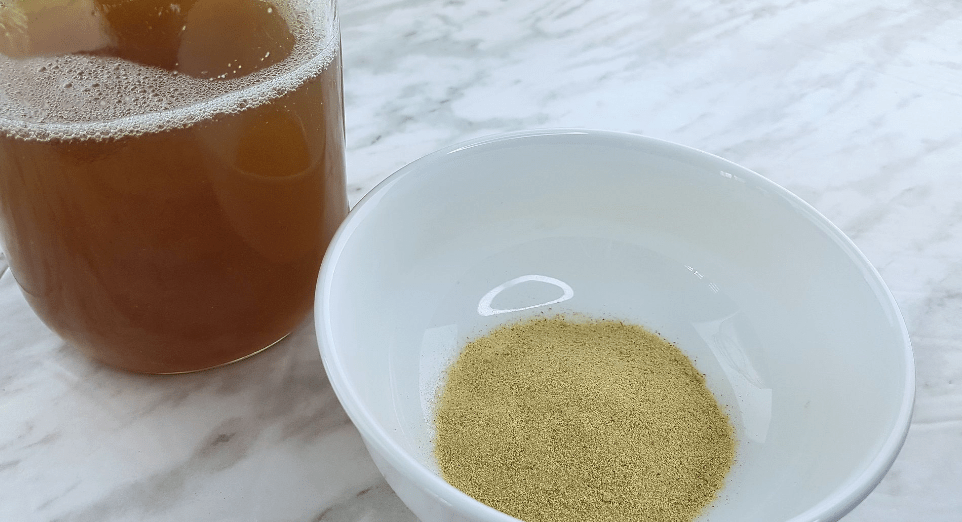
Harvesting and Preservation
A. When and how to harvest soapwort
Soapwort can be harvested in the late spring or early summer when the plant is in full bloom. You can simply cut the stems and flowers with garden shears or scissors. To preserve soapwort, you can dry the flowers and leaves by hanging them upside down in a well-ventilated area. Once dried, you can store them in an airtight container for future use in soaps, shampoos, or herbal remedies.
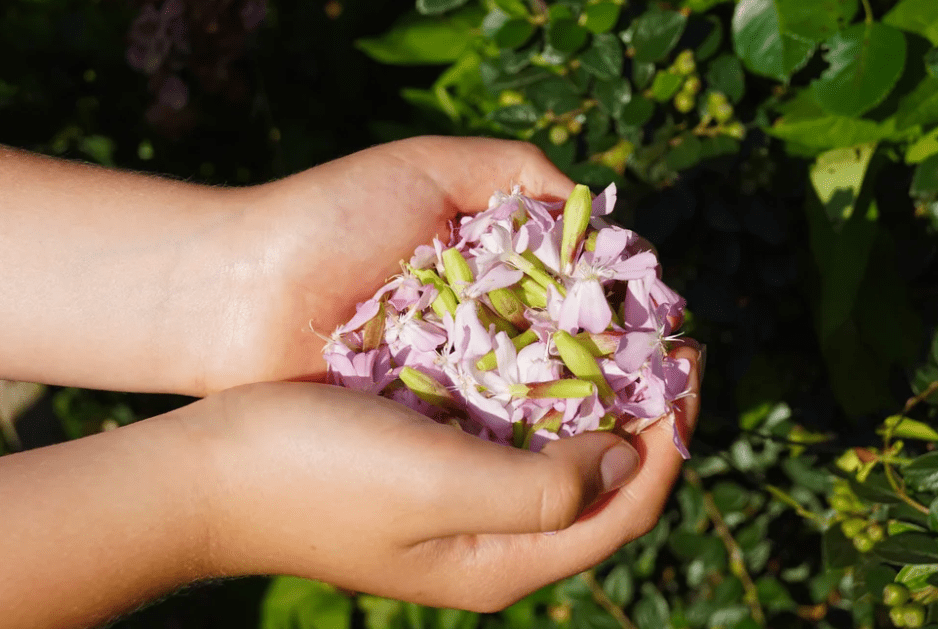
B. Methods for preserving and storing harvested plant material
There are several methods for preserving and storing harvested soapwort plant material. As mentioned, drying the flowers and leaves is a common method. You can also freeze the plant material by placing it in an airtight container or bag and storing it in the freezer. Another method is to create a tincture by soaking the plant material in alcohol or vinegar. This tincture can be stored in a dark, cool place for future use. Whichever method you choose, it’s important to properly label and date your preserved plant material for easy identification and use.
Precautions and Considerations
A. Potential risks and precautions for handling soapwort
Soapwort contains saponins, which can cause irritation to the skin, eyes, and respiratory system if not handled properly. When handling soapwort, it’s important to wear gloves to protect your skin and avoid contact with your eyes and mouth. If you are sensitive to saponins, it’s best to work in a well-ventilated area and consider wearing a mask to avoid inhaling any airborne particles. Additionally, it’s important to wash your hands thoroughly after handling soapwort to remove any residue. If you experience any irritation or allergic reaction, seek medical attention immediately.
B. Advisable uses and safety guidelines
When using soapwort, it is advisable to follow safety guidelines to avoid any potential risks. Soapwort can be used as a natural cleanser for laundry, dishes, and even as a gentle shampoo, but it’s important to dilute it properly to avoid skin irritation. It’s also important to test a small patch of skin before using it on a larger area to ensure you do not have a sensitivity to saponins. If you are using soapwort for cleaning purposes, be sure to rinse surfaces thoroughly to remove any residue. Overall, it’s important to use caution and follow safety guidelines when using soapwort to avoid any potential risks.
Conclusion
A. Summary of the uses and benefits of soapwort in home gardening
In summary, soapwort can be a beneficial addition to home gardening as it can be used as a natural cleanser for laundry, dishes, and as a gentle shampoo. It is important to dilute it properly to avoid skin irritation and to test for any sensitivities before using it on a larger area. It can also be used for cleaning purposes, but it’s important to rinse surfaces thoroughly to remove any residue. Overall, it’s important to use caution and follow safety guidelines when using soapwort to avoid any potential risks.
B. Encouragement for incorporating this versatile plant into garden landscapes
I encourage incorporating soapwort into garden landscapes as it can be a versatile and natural cleaning solution for laundry, dishes, and hair care. It can also add a unique and visually appealing element to the garden with its delicate pink or white flowers. However, it is important to use caution and follow safety guidelines when using soapwort to avoid any potential risks. By doing so, you can enjoy the benefits of this useful plant in your home and garden.
Frequently Asked Questions (FAQs)
The soapwort plant is commonly used for its natural cleansing properties. It can be used to make natural soaps, shampoos, and cleaning products. It also has ornamental value and can be grown for its pretty flowers.
Soapwort plants prefer well-drained soil and full sun to partial shade. They are relatively low maintenance and only need regular watering and occasional fertilizing.
Yes, soapwort has been used in traditional medicine for its anti-inflammatory and antimicrobial properties. It can be used to treat skin conditions and minor wounds.
Soapwort can spread quickly and become invasive if not properly contained. It’s best to plant it in a designated area or in a container to prevent it from taking over the garden.
Soapwort is generally resistant to pests and diseases, making it a low-maintenance plant in the garden.
Soapwort can be propagated through division or by collecting and planting its seeds. It’s a relatively easy plant to propagate and can quickly fill in a garden space.
It’s important to do a patch test before using soapwort-based products on the skin, as some individuals may be sensitive to its compounds. Additionally, it’s best to avoid ingesting soapwort as it can be toxic in large quantities.
Aside from its practical uses in making natural cleaning products and soaps, soapwort also adds a lovely touch to the garden with its delicate flowers and low-maintenance care requirements. It’s a great addition for those looking to create a sustainable and natural garden space.
